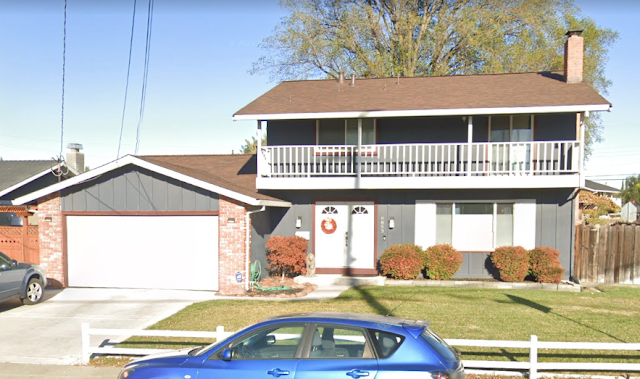Monterey style revival in the 1960s Tri-Valley
In the 1960s, the Tri-Valley area saw a resurgence of the Monterey style in the form of beautifully crafted tract homes. Known for their signature two-story designs and cantilevered balconies, these homes captured the imagination of buyers, blending timeless elegance with modern practicality. Although the style had its heyday during the revival period of 1925 to 1955, its influence lingered, offering a fresh interpretation of California’s architectural heritage.
What is the Monterey style?
The Monterey style is an eclectic revival of the Spanish Colonial homes found in Northern California, particularly in the historic city of Monterey. These homes incorporate Anglo influences into the traditional Spanish Colonial aesthetic, resulting in a unique fusion of stucco facades, modest ornamentation, and an emphasis on functionality.
In the 1960s, a growing public interest in traditional home designs sparked the Neoeclectic movement. Builders began introducing Neo-Mediterranean homes inspired by Spanish Colonial and other historic styles. The Monterey style, with its streamlined design and lower construction costs, became a favorite in this trend.
Monterey style across the Tri-Valley
Dublin: A pioneer in Monterey design
Dublin became an early adopter of the Monterey style, with developers incorporating the aesthetic into their subdivisions. American Housing Guild debuted the style at Redwing Valley (later called Appletree) in 1965.
 |
| The Spanish Hacienda model at Redwing Valley, Dublin, exemplified the Monterey style’s two-story structure and balcony charm. |
Tom Gentry introduced Monterey designs at Silvergate in 1963.
 |
| Casa Camino on San Sabana Road, Dublin — a classic Monterey design with stucco walls and distinctive balcony. |
Livermore: building on a tradition
Livermore embraced the Monterey style in 1965 when Duc & Elliot, pioneers of the design in Cupertino, brought their vision to the Los Altos Heights subdivision.
 |
| A charming Monterey-style home on Wimbledon Way, Livermore, showcasing the style’s signature balconies. |
Pleasanton: a late bloomer
Pleasanton saw the style gain traction later in the decade. Galli Homes included Monterey-style homes at Pleasanton Meadows in 1969.
 |
| A residence on Churchill Drive, Pleasanton, with added balcony supports highlighting the Monterey style’s adaptability. |
Morrison Homes introduced the style to Pleasanton Valley in 1966.
 |
| Monterey beauty on Tanglewood Way, Pleasanton, representing the elegant simplicity of the style. |
San Ramon: blending history and modernity
Kay Homes brought the design to Rancho Solano in 1965.
 |
| A standout Monterey-style home on Milo Place, San Ramon, blending traditional and modern elements. |
Alpha Homes showcased Monterey elements at Fairway Hills, also in 1965.
 |
| Charming Monterey home on Cherry Hills Lane, San Ramon, featuring classic stucco and balcony design. |
The rise and fall of Monterey style in the Tri-Valley
The revival of the Monterey style in the 1960s brought a distinctly Californian character to suburban neighborhoods. By 1965, it had taken root across the Tri-Valley, blending the rustic charm of California’s rancho days with mid-century sensibilities. Yet, the style’s resurgence was short-lived. By the late 1960s, changing buyer preferences and the rise of contemporary designs marked the end of Monterey-inspired tract homes.
Though its popularity waned, the Monterey style remains an enduring symbol of California’s architectural legacy. With its graceful balconies and timeless elegance, it continues to evoke the spirit of the state’s Spanish colonial past.



Comments
Post a Comment